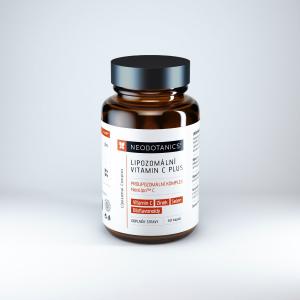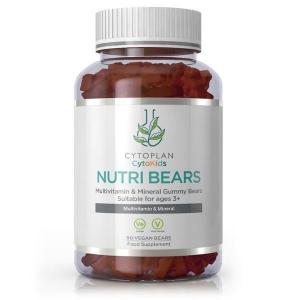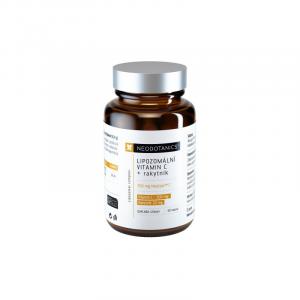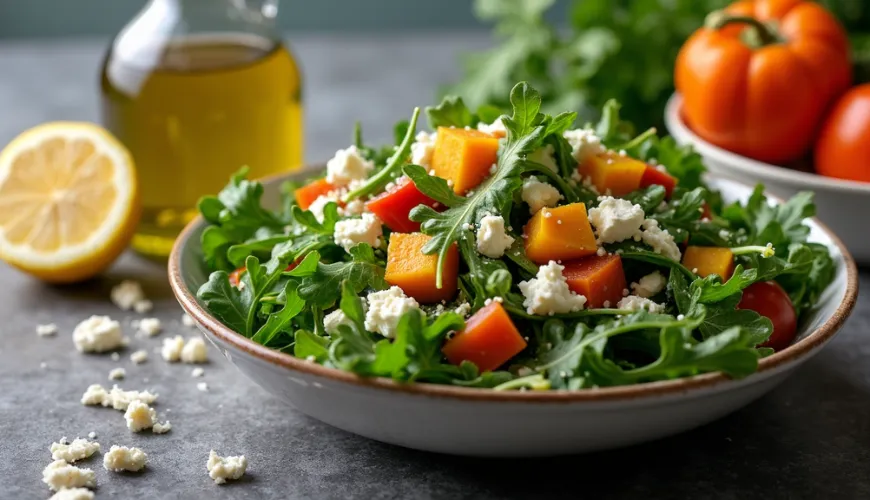
How to Enjoy Wakame Salad and Benefit Your Figure
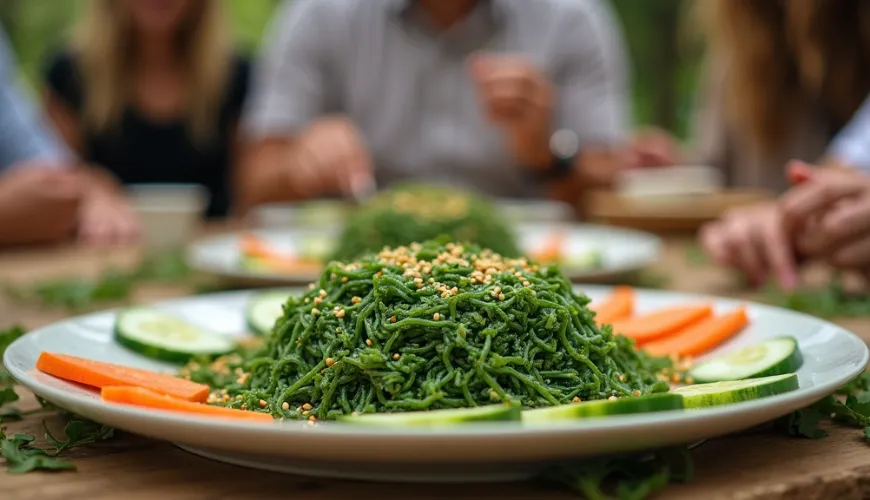
Japanese Wakame Salad - Why You'll Love It and How to Make It at Home
Seaweed is no longer just a novelty in sushi restaurants. More and more people are discovering its taste, nutritional value, and ease of preparation. One of the most well-known and popular is wakame – a mildly sweet seaweed that is most often served as a cold salad. Although it originally comes from Japan, today the wakame seaweed salad appears on tables around the world, including in the Czech Republic. What do you need to know about this green delicacy?
What is Wakame and Why You Should Care
Wakame (Undaria pinnatifida) is a type of seaweed that has been cultivated for centuries in Japan, Korea, and China. It has a firm place in traditional Asian cuisine – added to soups, noodle dishes, but most commonly served as a standalone salad. Its high content of calcium, iodine, iron, magnesium, and vitamins A, C, E, and K makes it a true superfood.
Try our natural products
But what's most important? Wakame is not only healthy but also delicious. It has a delicate ocean flavor that doesn't deter even those who are generally skeptical of seaweed. Its slightly slippery yet crunchy texture and refreshing taste make it an ideal side dish or appetizer – whether you’re looking for something light for lunch or want to spice up a festive table.
Wakame Salad - A Simple Recipe Anyone Can Master
People often ask: "How to make wakame salad?" The answer might surprise you – it's easier than it seems. If you use dried seaweed (which is the most common form in which wakame is sold), you just need to soak it in water for a few minutes. It will swell, soften, and increase in volume by up to five times. Then, just add a simple dressing and you're done.
Wakame Salad – Basic Recipe:
Ingredients:
- 10 g dried wakame seaweed
- 2 tablespoons rice vinegar
- 1 tablespoon soy sauce
- 1 teaspoon sesame oil
- 1 teaspoon brown sugar or agave syrup
- 1/2 teaspoon fresh ginger (grated)
- sesame seeds for sprinkling
- optional: chili flakes, spring onion, or grated carrot
Instructions:
- Soak the dried wakame seaweed in cold water for 5–10 minutes.
- After softening, drain the seaweed and optionally cut it into smaller pieces.
- Mix all dressing ingredients and combine with the wakame.
- Sprinkle with sesame seeds and let sit in the fridge for at least 10 minutes.
The result is a light, refreshing, and at the same time nutritious salad that you'll love at first bite. If you want to serve the salad as a main dish, you can add thin slices of tofu, avocado, or udon noodles.
Where to Buy Wakame Salad and What to Watch Out For
When you say "wakame salad – where to buy," most people think of Asian restaurants or sushi bars. Yes, that's where you'll most often encounter this delicacy, but there are more options. In health food stores, like Ferwer, you'll find dried wakame seaweed in organic quality. It is harvested in an environmentally friendly manner without unnecessary additives – exactly what your body deserves.
However, there are also ready-made wakame salads on the market, often sold in plastic packaging. They may look tempting, but they are often full of glutamate, colorants, preservatives, and sugar. If you read the labels, you'll quickly find that the homemade version is not only healthier but also tastier and more cost-effective.
Moreover, homemade preparation allows you to customize the salad to your taste. Some like it spicier, others sweeter, some add kombu seaweed for extra minerals, and others fresh cucumber for crunch. The possibilities are almost endless.
Why Wakame is Ideal for a Healthy Lifestyle
According to research published in the journal Marine Drugs, wakame contains a significant amount of fucoxanthin, a natural pigment with antioxidant, anti-inflammatory, and potentially anti-cancer effects. Studies also suggest that wakame may aid in weight loss by increasing fat metabolism.
But even without complex studies, it's clear why you'll fall in love with wakame salad. It's light, refreshing, easy on the digestion, and yet filling. By adding a few more ingredients, you can create a full meal that will keep you energized all afternoon. It also works well as a detox meal after the holidays or a heavy weekend.
And what's more – wakame is entirely plant-based, making it ideal for vegans, vegetarians, and those trying to reduce animal product consumption. Thanks to its high content of calcium and iron, it can serve as a nutritious alternative to milk or meat.
A Practical Story - How Wakame Changed a Family's Diet
Imagine a family that decided to reduce meat consumption and include more plant-based foods in their diet. After several attempts with lentil patties and quinoa, they stumbled upon dried wakame seaweed in a health food store. They weren't sure what to expect but decided to delve into Japanese cuisine.
They made wakame salad following a simple recipe and served it as a side dish with baked tofu. The result? Not only did it taste good to all family members – even the kids – but it became a regular part of Sunday lunches. Gradually, they started experimenting: adding different types of vinegar, chili, even pomegranate. What started as a challenge turned into a culinary adventure that changed the way the whole family perceives seaweed.
Wakame as Part of a Sustainable Kitchen
At a time when more people are considering the ecological impact of their diet, it's important to know that seaweeds like wakame are among the most eco-friendly foods. Their cultivation doesn't require irrigation, pesticides, or fertilizers. They grow naturally in the ocean and even help absorb carbon dioxide from the atmosphere.
Moreover, they are a rapidly renewable resource that doesn't burden the soil or freshwater sources – which is particularly important in the era of climate crisis. By including wakame in your menu, you're not only taking care of your health but also the planet.
You might have thought that seaweed doesn't belong in Czech cuisine. But once you taste a genuine homemade wakame salad, you'll understand why it has become a staple in world cuisines. It's a dish that combines flavors, health, and responsibility to nature – a combination that can't be refused.
